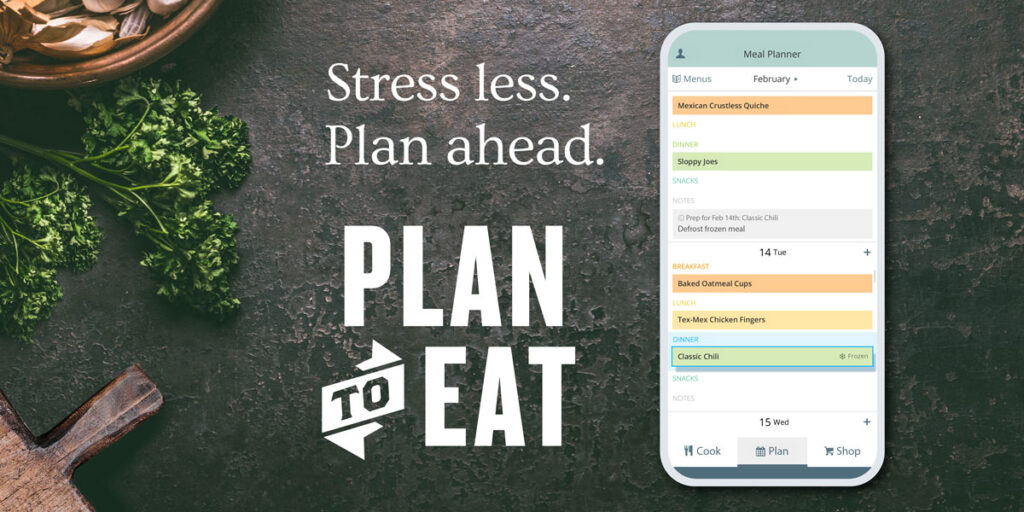About a year or so ago, I picked up a copy of Michael Pollan’s In Defense Of Food. Little did I know, it was going to change my life forever. It just made sense that eating a traditional diet is healthier than the industrialized foods we’ve become so accustomed to, so little by little, our family began switching from highly processed convenience foods to made-from-scratch goodness that I concoct in my humble kitchen.
Over the past year and a half, I’ve learned to make my own sandwich bread, we’ve replaced boxed cereals with homemade granola and old-fashioned oatmeal, we’ve swapped processed snack foods for fresh fruit and cheese, we’ve switched from industrial pasteurized and homogenized milk to fresh raw milk from local cows, and we’ve started eating home cooked meals for dinner every night. Okay, ALMOST every night. We’re not perfect, but we’ve made great strides towards healthier living through whole foods.
Here are some tips and tricks I’ve picked up over the past year that make cooking with nutritious whole foods quick and easy. Okay, make that quickER and easIER. I won’t promise you that it’s as quick and easy as using prepared foods, but whole foods are SO much better for you, and with a little time and practice, it’s very doable.
1. Plan your meals.
Meal planning has become essential to our commitment to whole foods. I’m not a particularly scheduled person, so meal planning was new to me, but I was an instant convert once I could see first-hand how much easier life was with a dinnertime plan in place. It’s also saved us lots of money over time. Plan to Eat provides you with a quick and easy way to keep all of your recipes in one place so that you can plan your meals and whip up a grocery list in seconds flat. I post my weekly menu plans on my personal blog to hold me accountable and also to encourage others who are trying to do the same.
2. Double up.
I often double my recipes and freeze one for future use. This saves tons of time, and there is nothing quite as satisfying on a busy day as opening up your freezer to find a fully prepared meal waiting to defrost and heat up for dinner.
3. Buy in bulk.
When we started buying pastured chickens and grass-fed beef, I quickly realized that buying in bulk was the way to go. You can get MUCH better prices when you buy in bulk, and it also saves you time in the long run. Just think, rather than going out to the store to pick up meat for dinner, you can run downstairs to the freezer and pick out a frozen chicken or package of ground beef. Defrost it for an hour or two in a cold water bath, and it’s ready to cook into one of your favorite meals. The same is true for buying staples such as coconut oil and rolled oats. If it’s too much for you to use by yourself, you can always go in together on bulk items with a like-minded friend or family member.
4. Buy seconds.
Sometimes you can get a good deal on produce that isn’t as pretty or as fresh as is ideal. Often markets will mark down items that are slightly damaged or getting old. If you’re choosy, you can stock up on ripe bananas (freeze them for use in smoothies or banana bread) or other bruised produce that you can use to make stews and sauces. Who cares if apples don’t look perfect if they’re going to be ground into applesauce?
5. Buy in season.
Americans have lost touch with what food is in season at a given time, but buying foods that are in season is almost always cheaper than buying foods that have been shipped across the country. And they’re healthier and tastier too. Learn what is in season in your area and then base your meal plans around those foods.
What are your best tips for making nutritious whole foods accessible and affordable? I’d love to hear them!





